In July 2023, Nissha launched the business brand “Nissha SurfaceWorks,” which integrates the design expression and molding technologies that Nissha has cultivated over the years. By adding sophisticated appearance, pleasant touch, and functionality to the interface, which is the first point of contact between people and products, we are providing experiential value that resonates with people’s sensibilities.
In today’s society, where predicting the future is challenging, Nissha is contemplating what roles will be required in the next 20 to 30 years through “SurfaceWorks” to explore the creation of “comfortable” products for the future world.
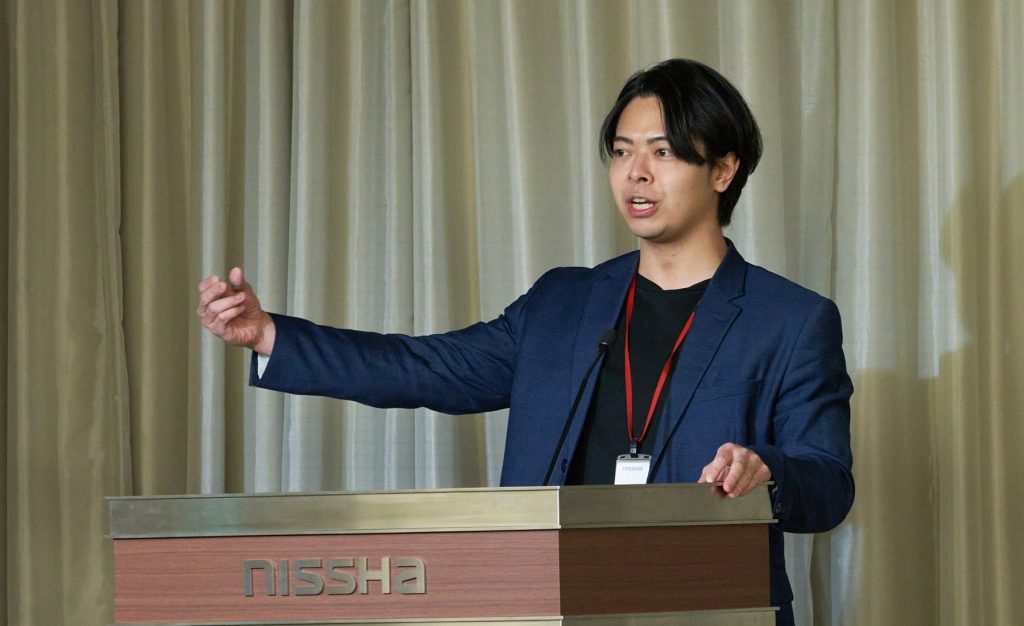
To this end, we have incorporated the concept of “Speculative Design” while creating a concept book to promote inner branding and behavioral change, and holding internal workshops with external lecturers. On April 2, 2024, we held a forum aimed at spreading the brand. More than 100 Nissha Group People gathered at the venue, and there were online participants from both domestic and international locations. This report delivers the content of the cross-talk involving external panelists.
What is Speculative Design?
“Speculative” means to ponder, speculate, or contemplate. Speculative Design is a methodology that creates questions by presenting possible futures or speculations. It does not aim to predict the future but to provoke discussions by providing opportunities to think about the future, thereby contemplating a better world. Anthony Dunne and Fiona Raby, who once taught at the Royal College of Art in the UK, proposed this in the 1990s.

Who Do Our Products and Technologies Create Value For?
The forum began with a talk by Taro KAGAMI, CEO of SEN Co., Ltd., who served as a workshop lecturer. This was followed by a cross-talk involving Shigeyuki KAZAMA, Head of Product Design Department at Kyoto University of the Arts, Eikoh TANAKA, CEO of Qe to Hare Inc., Jun SASAKI, General Manager of the Industrial Materials Business Unit, and Koji OKAMOTO, General Manager of the Device Business Unit.
Kagami: As a first step in new business development, anyone can “conceptualize” ideas, whether individually or as a company. In B2B business, it is fundamental to provide products or services that combine the company’s resources based on client needs. However, in modern society, clients do not always fully understand their actual needs or issues. By generating ideas from the vision of “what kind of future do individuals or companies want to create?”, it becomes possible to create future needs.

Kagami: The term “design,” which we frequently use today, is a method for solving problems. By increasing the resolution of the target, high-quality questions arise, and good questions lead to good products. Since the future contains various scenarios based on probabilities, subjective desires like “how do we want the future to be?” will become necessary for manufacturing companies.
Okamoto: Our Device Business Unit tends to focus more on pursuing new technologies rather than thinking about new products. I felt the need to drill down from the desired future image by incorporating the concept of Speculative Design.
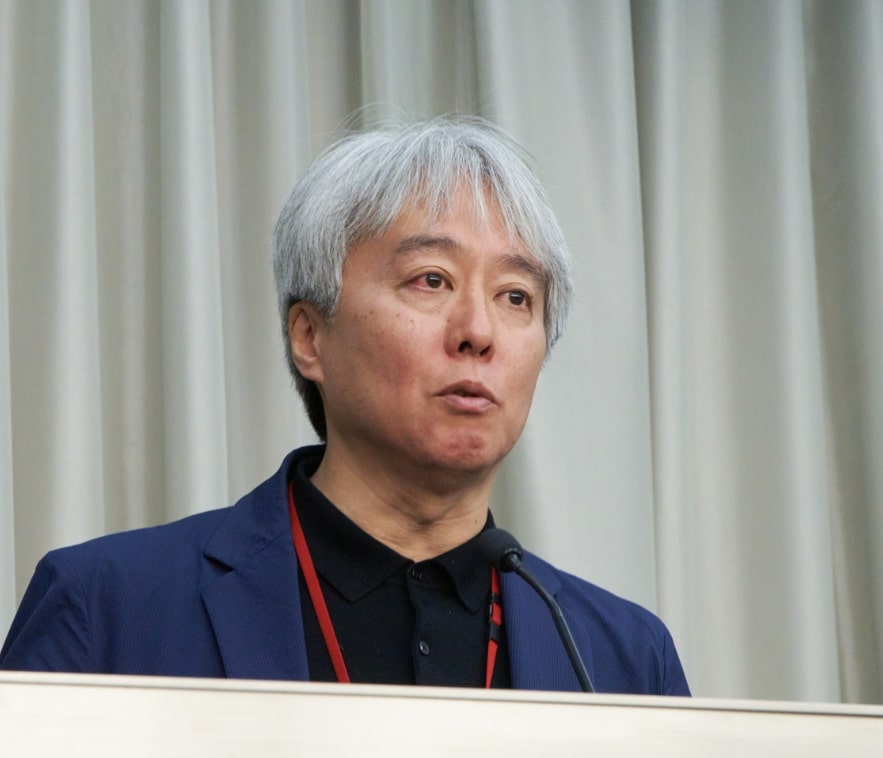
Shigeyuki KAZAMA (Professor / Directer of PD Dept., Kyoto University of Art and Design)
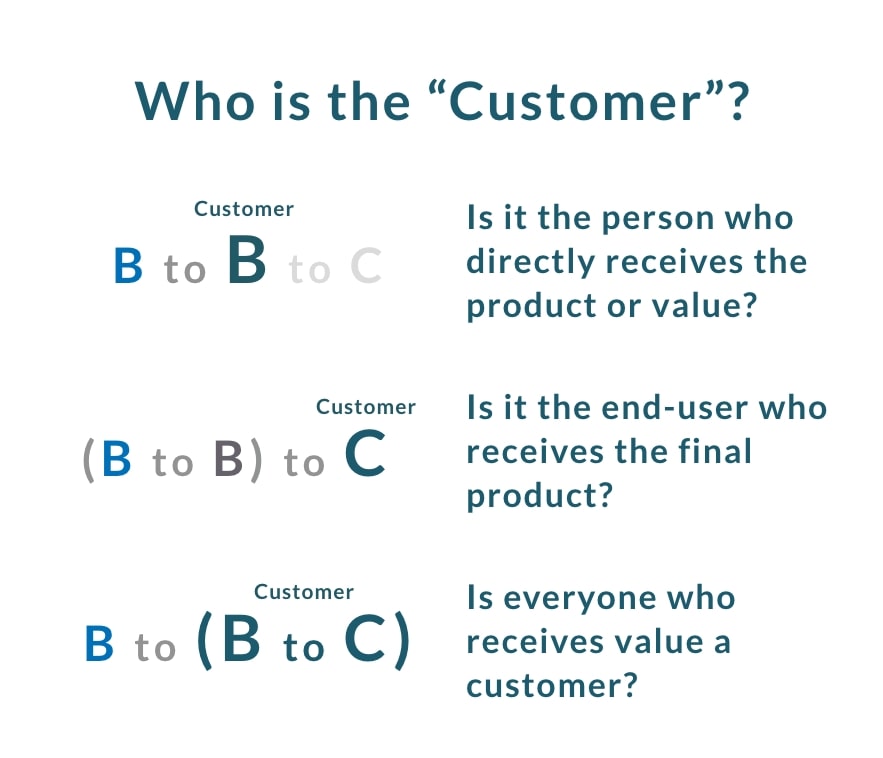
Kazama: Based on my experience overseeing gaming platform design in my previous job, the value provided to clients, equivalent to game developers, and the value provided to end-users differ in nature. Clarifying who is represented by the term “customer” and who the value proposition is for would be beneficial. When applying Nissha’s products to a “B to B to C” structure, it might help organize the relationships and values provided to clients and end-users.
Revisiting Nissha’s Value
Sasaki: Although our company name is not printed on clients’ products, our value always appears on the product’s surface and is ultimately provided as value to the end-user. I believe the business brand name “SurfaceWorks” aptly represents our “way of working.”
Tanaka: While directing the creation of the concept book, I felt it was necessary to objectively recognize the essence of the value we have been providing, like saying, “This is where the value we have been offering lies.” Being aware of the high value we already possess, we should then consider where to aim next with the members who will lead the next generation.
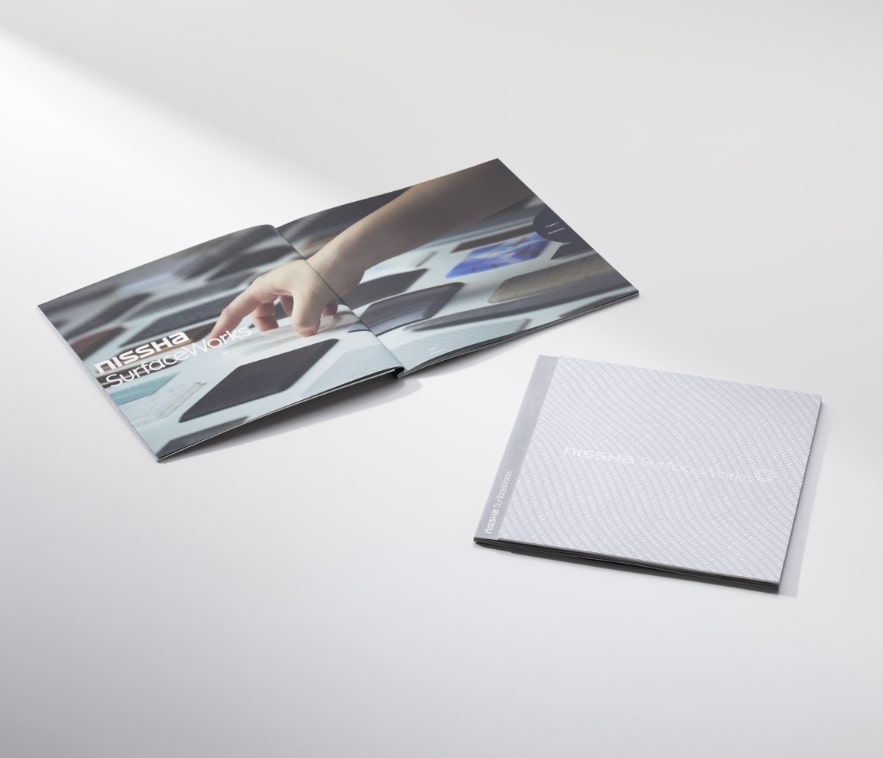
Nissha SurfaceWorks Concept Book
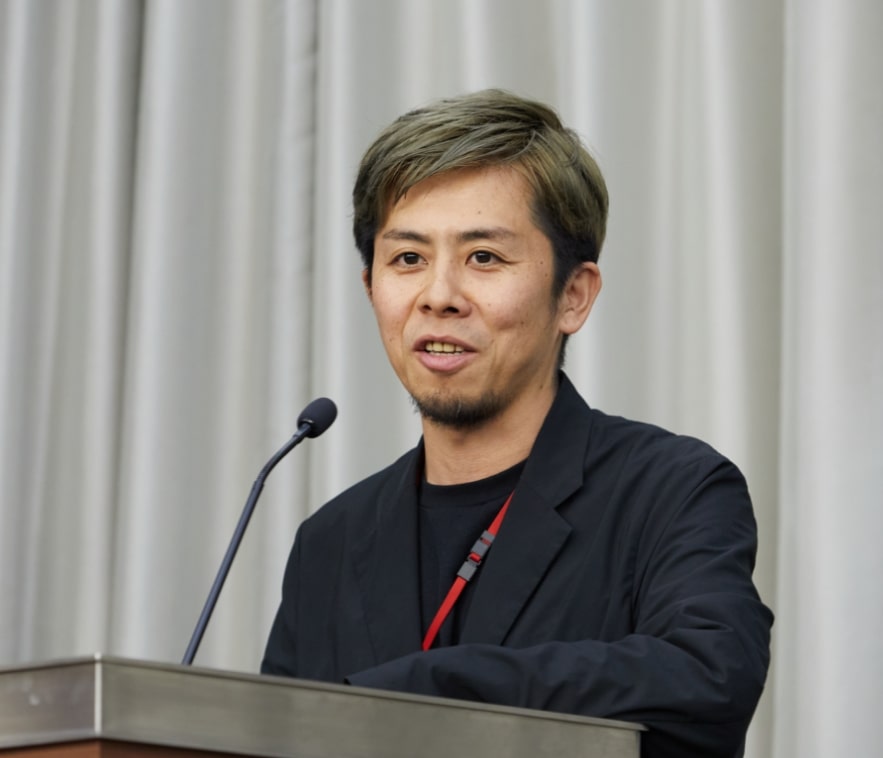
Eikoh TANAKA (Artist / CEO of Qe to Hare Inc.)
Kazama: At SONY, they found the essence of their technology and experience in “emotion.” By translating the value they provide into “technology that generates emotion,” it became easier to convey internally and externally. Focusing on the interface between people and products, I believe the brand name embodies the value Nissha has been providing.
After taking stock of the value Nissha has provided from clients to end-users, what is the next step to create a co-creative relationship with future customers? In the second part, we will reflect on the two-day workshop conducted with Taro KAGAMI and discuss the future Nissha aims to achieve.


